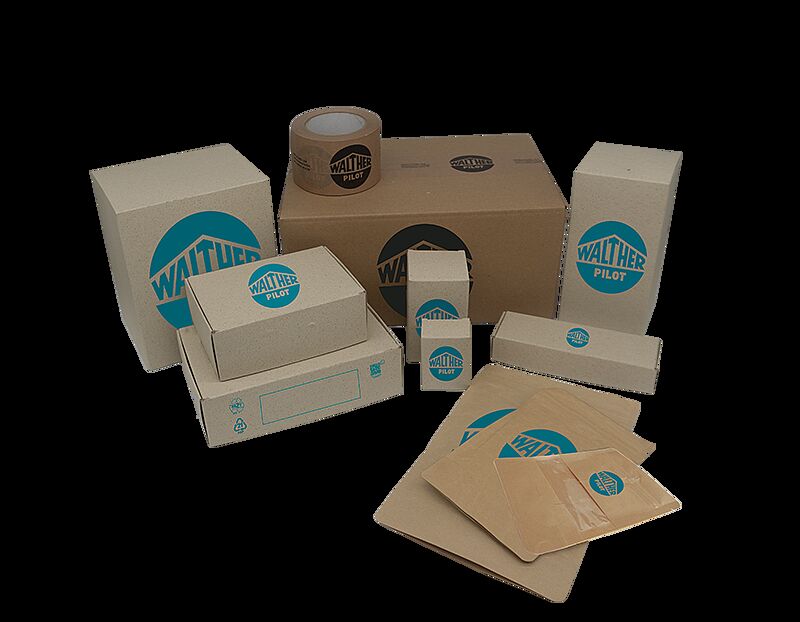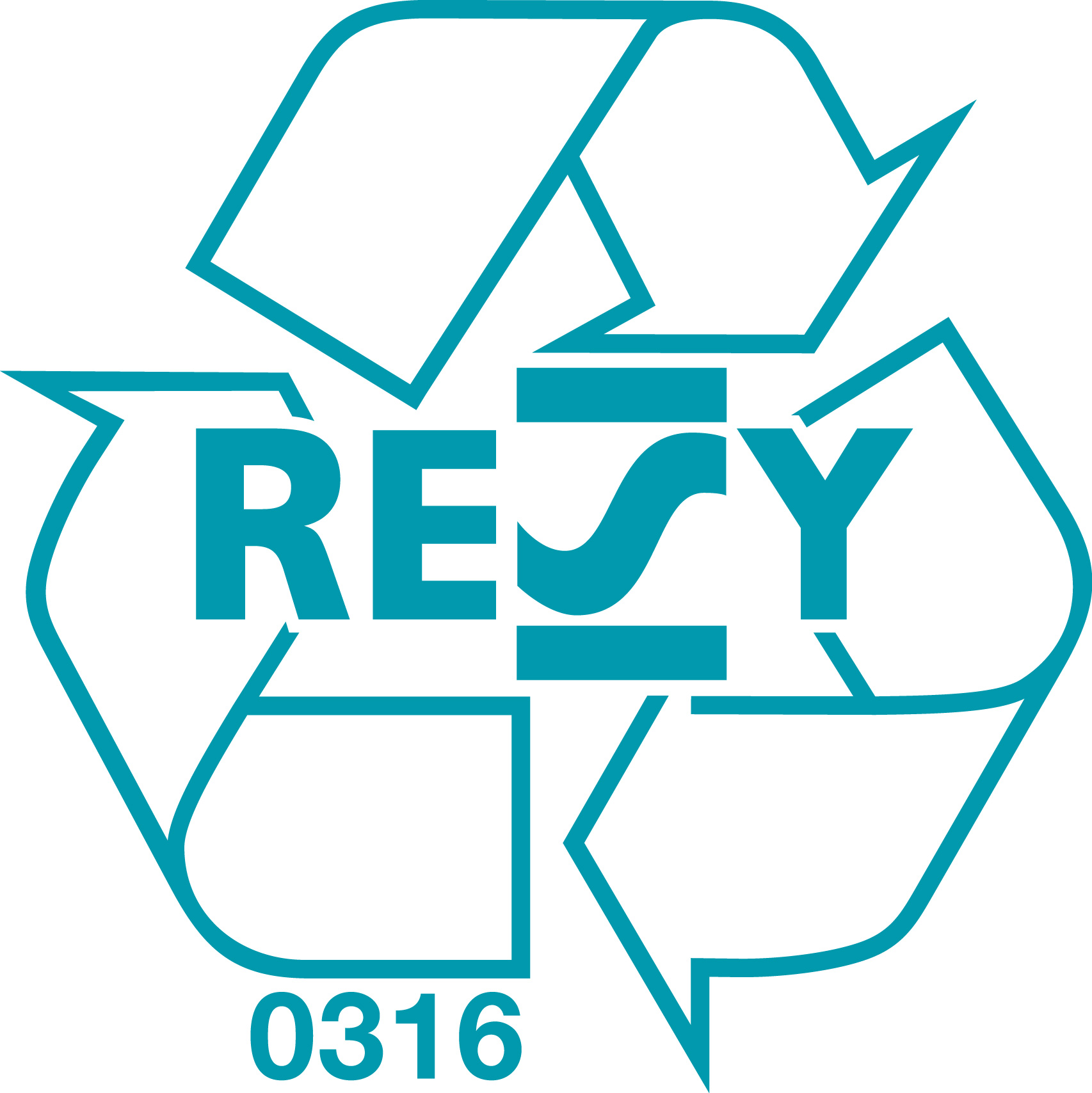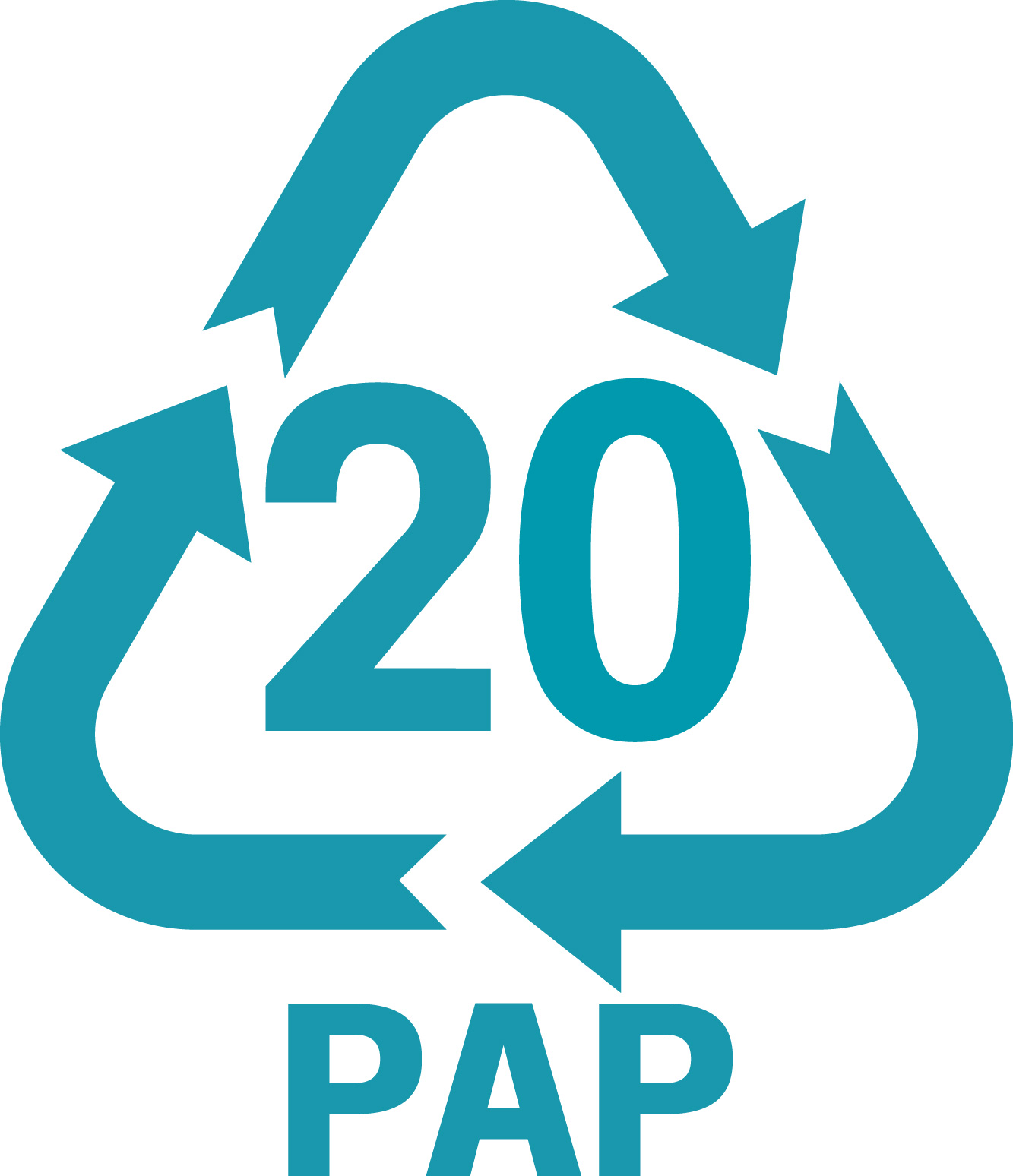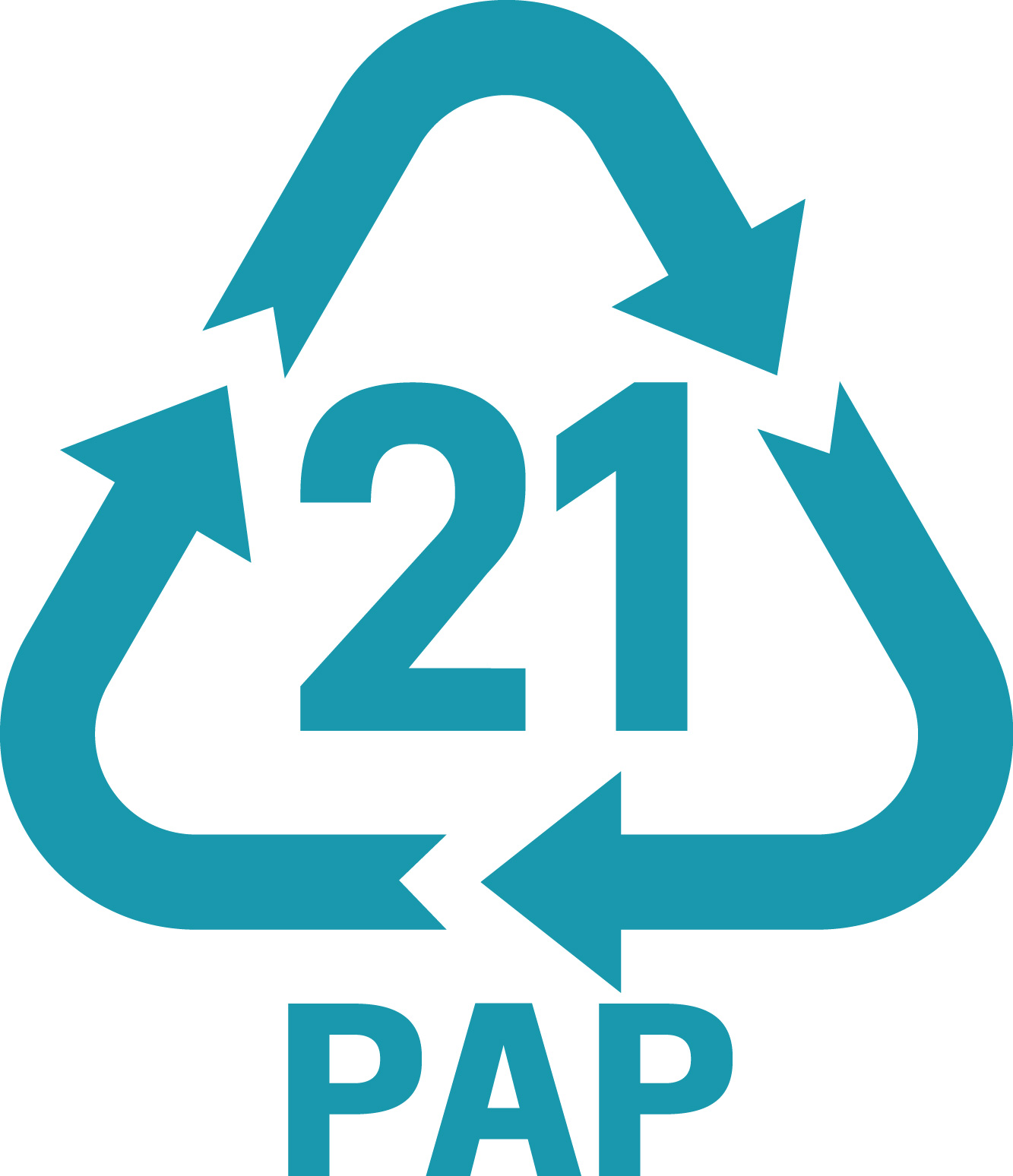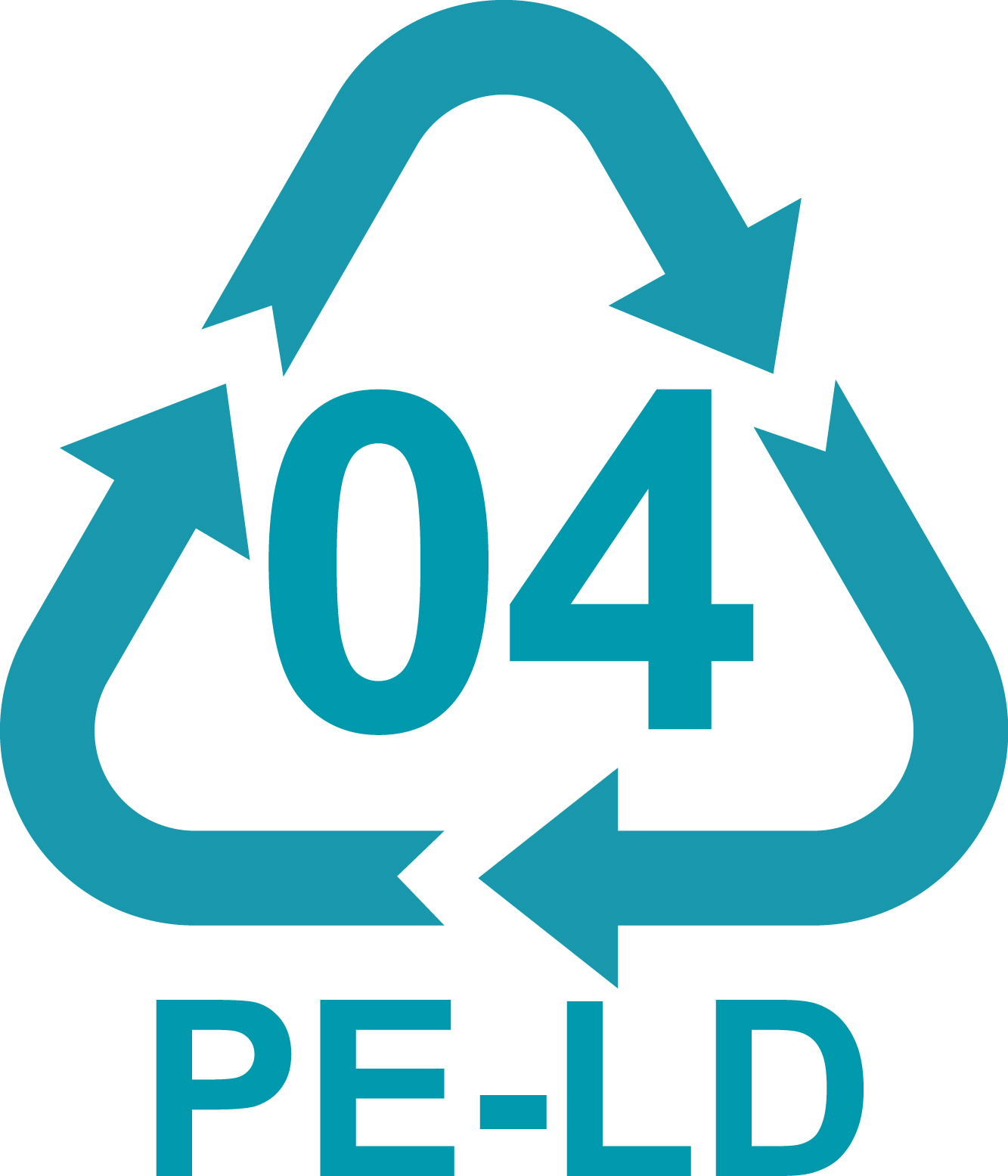In addition to being environmentally friendly, the revised packaging is also functional. It offers just as much security for our products as our previous protective cartons, while still meeting all storage and transport requirements.
However, the switch to sustainable materials not only has ecological advantages, but also economic ones. By using our new packaging solution, we can completely avoid the upcoming plastic tax. In this way, we can provide our customers with financial relief and at the same time achieve a positive effect for the environment.
As a company, we are proud to be able to do our part to protect our planet and create a livable future for all. Our customers now receive products that are both high quality and packaged in an environmentally friendly way. We are determined to continue our sustainability efforts and constantly improve to make a valuable contribution to the environment and society.


